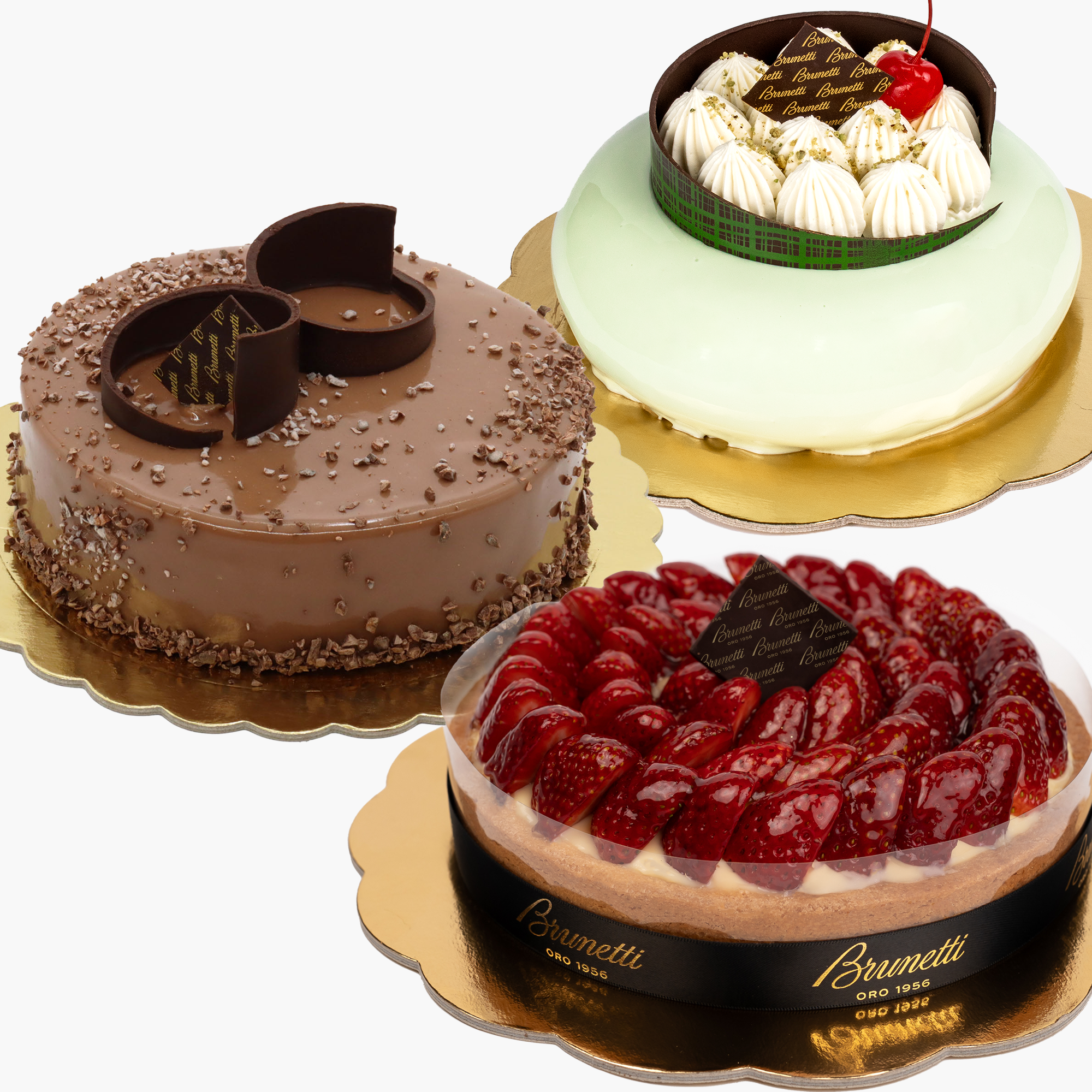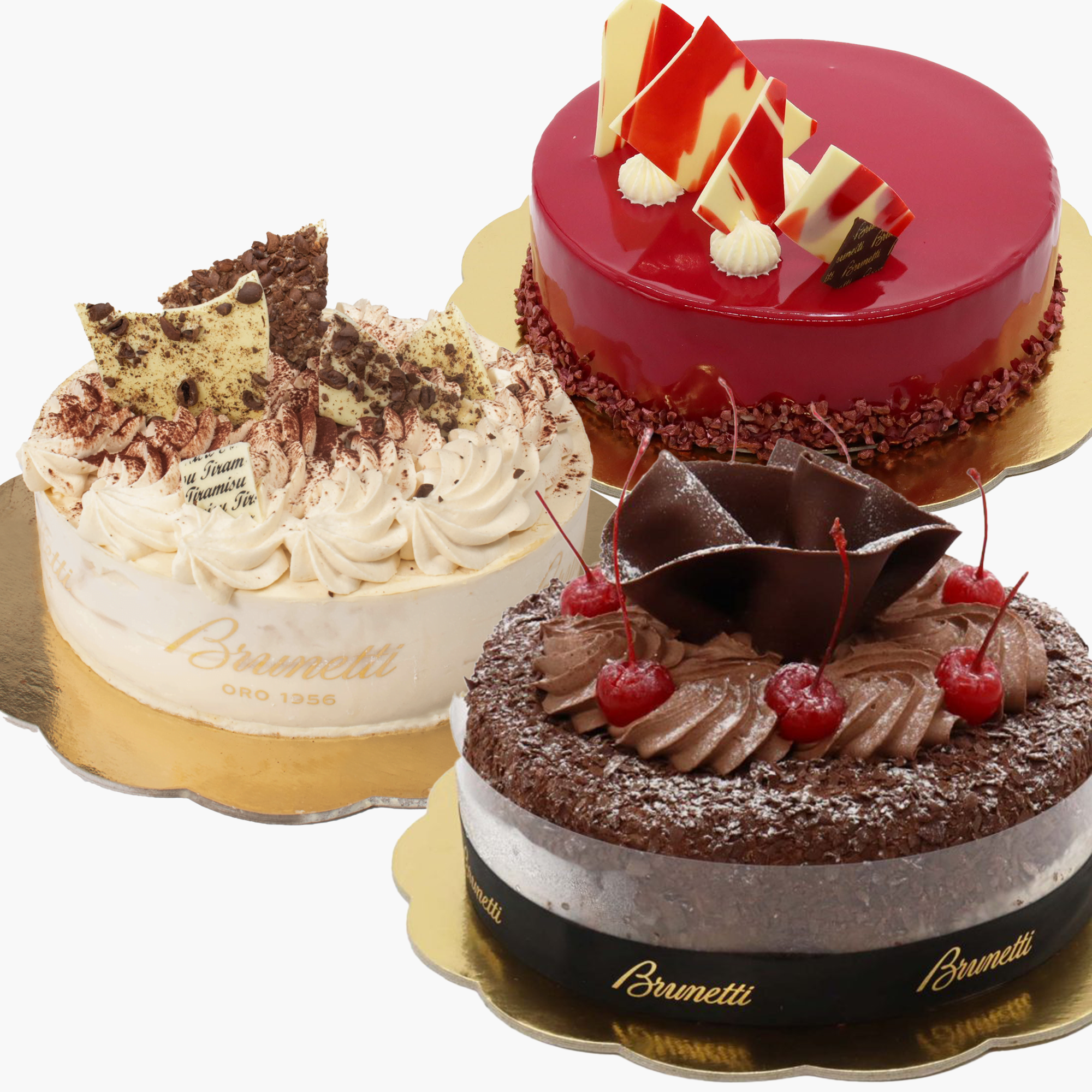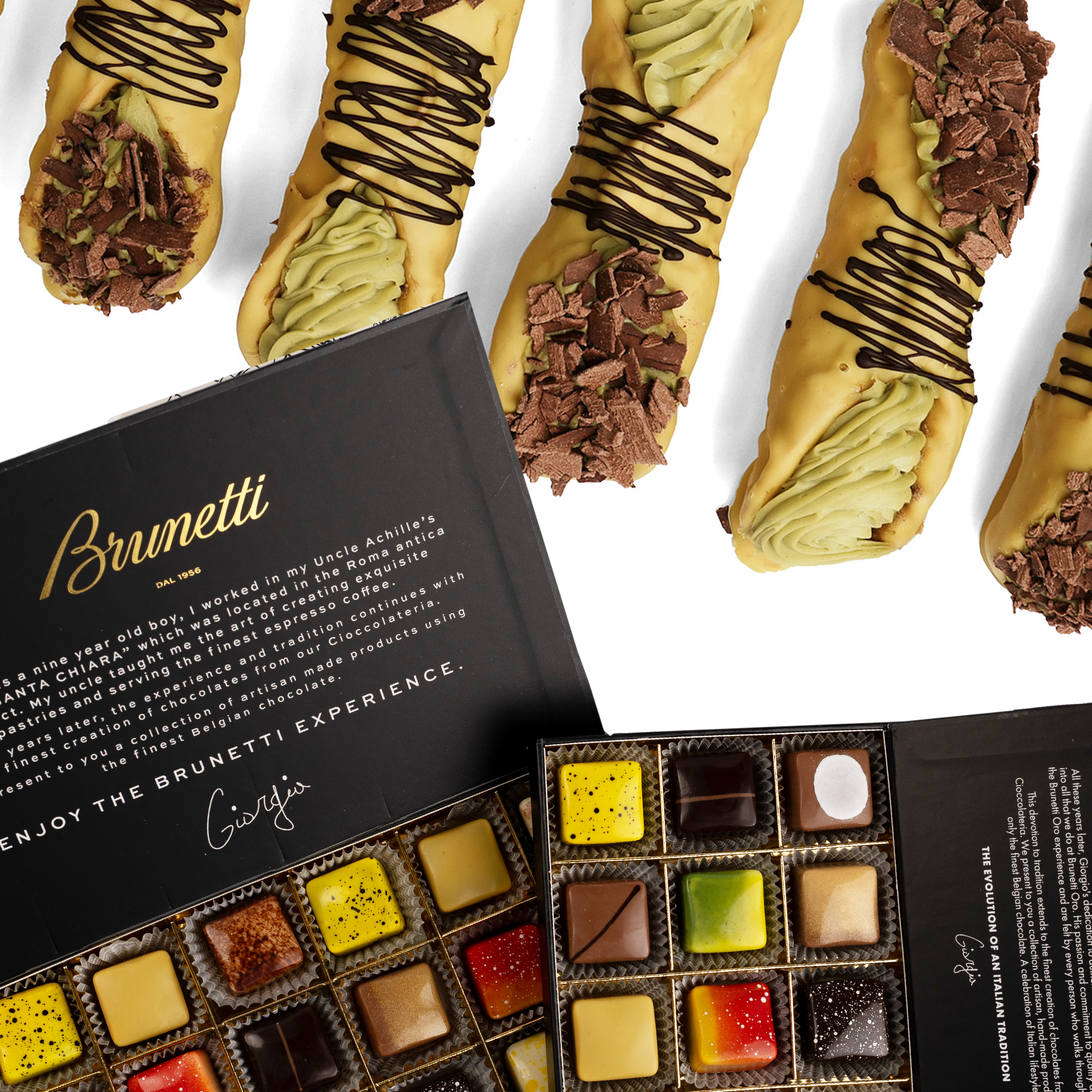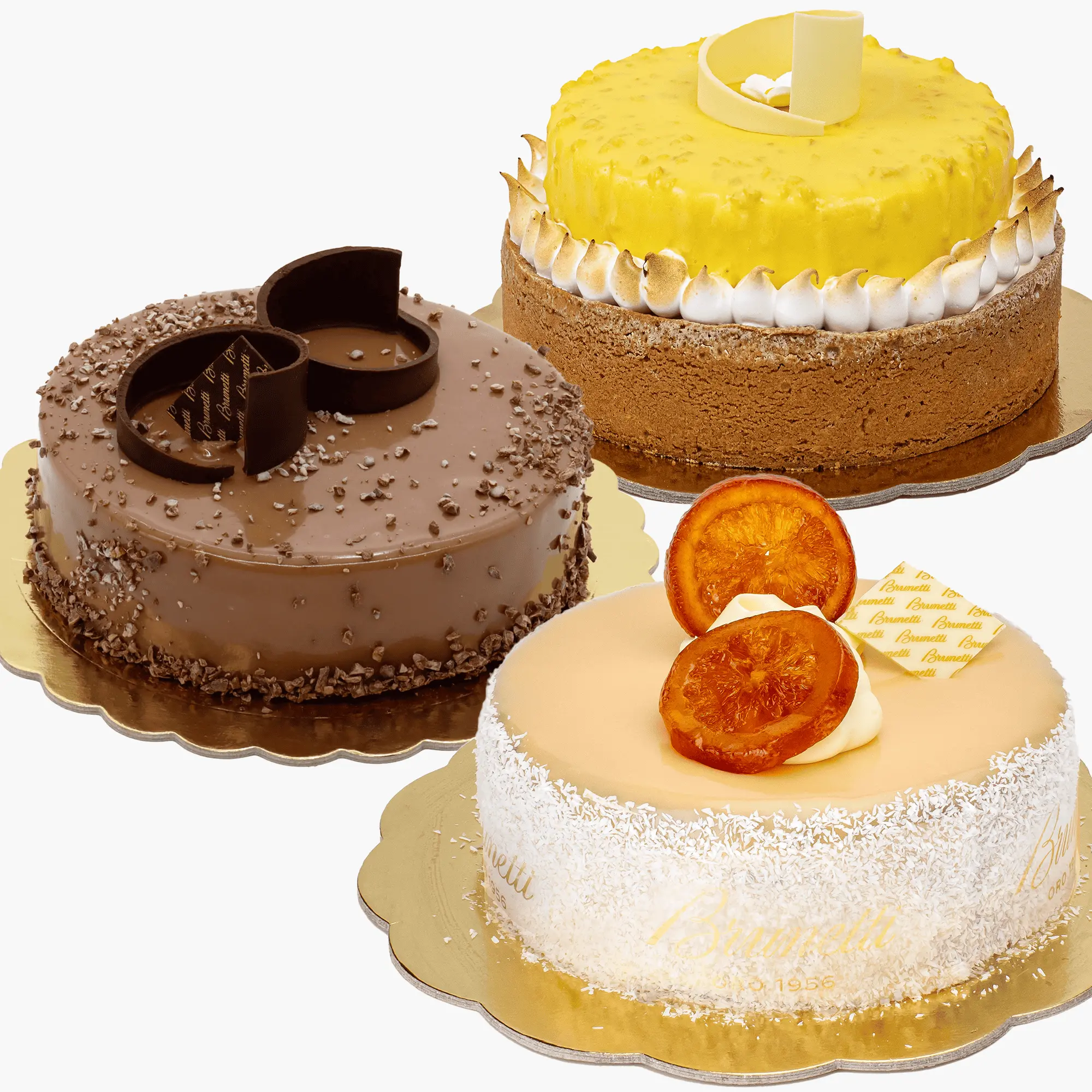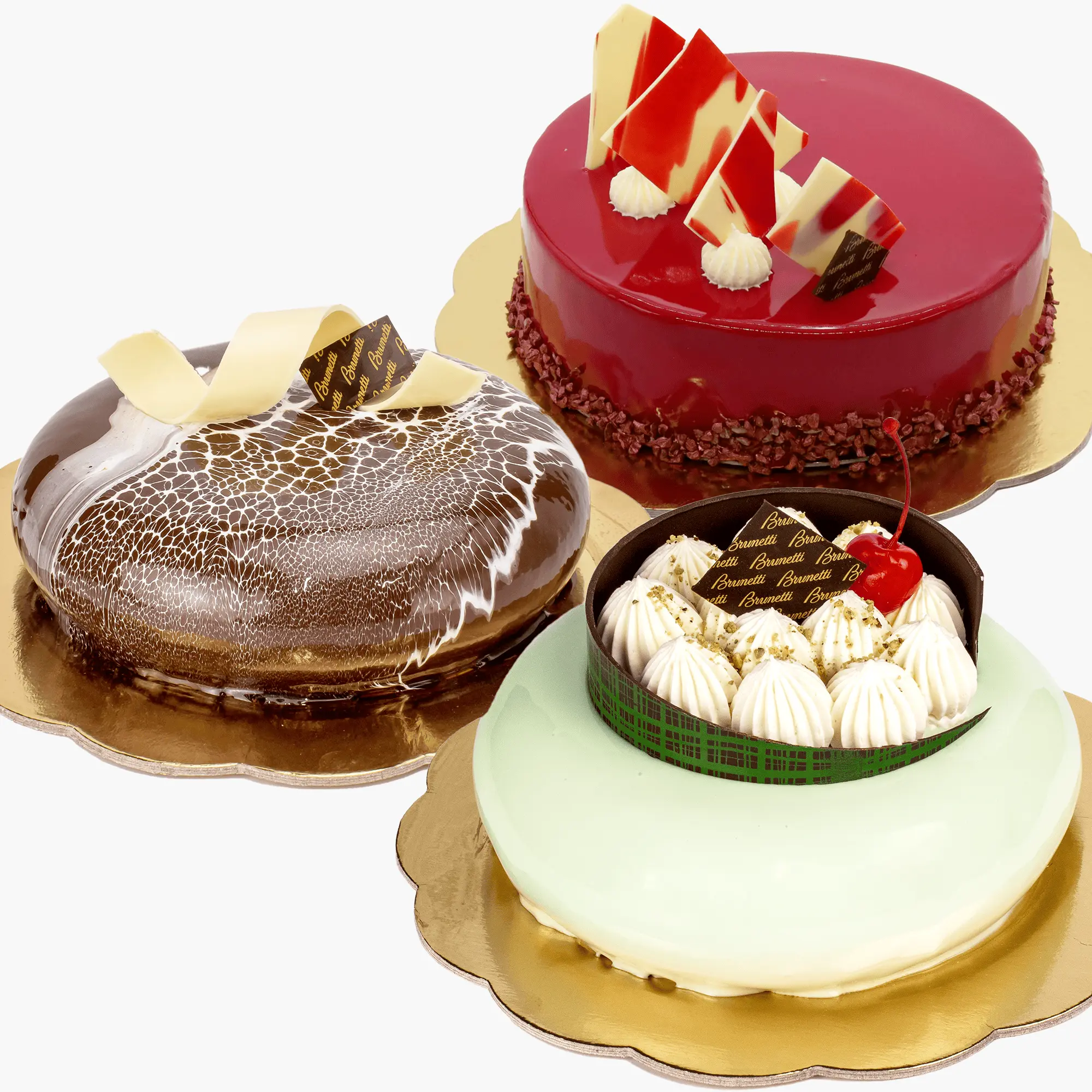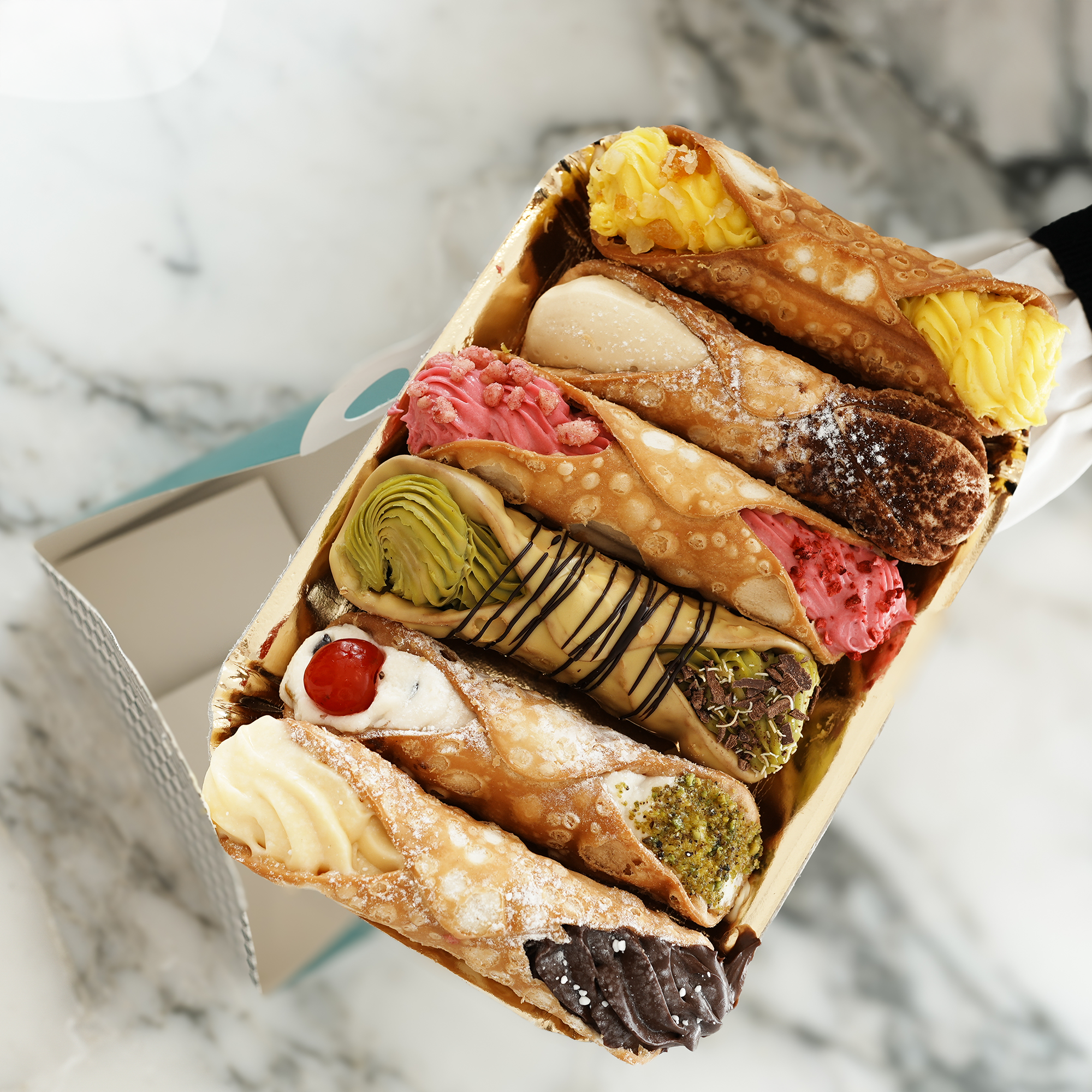What to Know About Croquembouche: The French Dessert Tower
Lifestyle and EntertainmentNothing can compare to croquembouche. If you’ve ever been to a traditional French wedding, baptism, or communion, you’ve likely seen this visually stunning dessert, even if you have trouble pronouncing its name (which means “crunch in the mouth”).
This classic French treat consists of small choux pastry balls carefully arranged into a cone, coated with caramel and spun sugar, and served upon a nougatine foundation. A croquembouche is a culinary masterpiece that combines the skill of pastry preparation with the preciseness of architectural design.
Pastry chefs put their knowledge and skills to the test from the moment the tower is built to ensure it is aesthetically pleasing and structurally strong, making it one of the most exquisite and outstanding masterpieces in the patisserie industry. Keep reading to learn more about this delectable dessert.
The History of Croquembouche
Though it is commonly recognised as a culinary masterpiece from France, croquembouche has roots that trace back to Italy, where the custom of creating elaborate edible displays first began. Italian chefs and their culinary customs, like the earliest versions of croquembouche, were brought to France by Italian-born Catherine de Medici when she wed French King Henry II in the 16th century.
During this time, dessert became a beautiful spectacle that highlighted the host’s wealth and rank. These Italian chefs introduced the practice of sugar work, which involved crafting elaborate edible centrepieces. This sugar-focused approach had a big influence on the original croquembouche, which was more of a sugar sculpture than the pastry dish we know today.
Historically, croquembouches were made with a variety of ingredients before they started being made with choux pastry. Earlier versions included fruit pastes, sugared fruits, egg whites, icing sugar, and sweet almonds.
Some recipes focused more on different flavours and textures, like oranges, chestnuts, or meringues, with the goal of creating a dessert that “crunches and crumbles in the mouth.” The dish changed over time by the French, but those earlier iterations still highlight the dessert having diverse roots.
The French, renowned for their baking innovations, began to include choux pastry – the small, airy pastry balls filled with cream. This new ingredient helped transform the dish by adding texture and body.
They also contributed layers of flavour and the structural component of caramel, which binds the choux pastry into its recognisable cone shape. This offers more depth than the early Italian renditions. This fusion of French pastry skills and Italian artistry created the croquembouche that is so fondly known today. It encompasses a fusion of flavour, tradition, and architecture.
The Influence of Carême: Pastry as Architecture
Croquembouche didn’t fully evolve until the late 18th century, thanks to the innovative efforts of Antoine Carême, one of the most influential chefs in French history. Carême gave the croquembouche its current elegant and sophisticated form, which we now associate with weddings and lavish celebrations.
He took an innovative approach to pastry production because he felt there was a close relationship between pastry and architecture. Carême thought that constructing desserts was the ultimate example of architecture, and his croquembouche designs confirmed this belief, resembling Gothic towers, Turkish mosques, and Persian pavilions.
The classic cone form has lasted throughout the 20th and 21st centuries despite some complex shapes that Carême’s innovative creations originally were. For pastry chefs, this towering structure of caramel-bound choux pastry balls remains a challenge and a source of pride.
Contemporary Croquembouche
Traditionally filled with vanilla custard and caramel, contemporary croquembouches now feature creams like lemon, chocolate, and praline, as well as more unconventional flavours like matcha and yuzu. The art of croquembouche has also developed over time, allowing chefs to take more creative liberties with their designs.
Modern varieties have ornate decorations and artistic presentation, using Italian ingredients like almonds, nougatine, and candied fruits. Some use spun sugar, edible flowers, chocolates, or gold leaf to make these custom creations. Regardless of newer flavours and techniques, this towering dessert centrepiece continues to dazzle the same as it has for centuries.
Even though croquembouche looks magnificent, we want to add that you should keep in mind that it is best consumed fresh. The caramel softens and will lose its distinctive crunch when kept in the refrigerator.
Refrigeration causes the caramel to run and drip instead of maintaining the crisp, delicate texture that croquembouche is known for in its full glory. Unfortunately, this changes the flavour as well as the visual appeal, so when serving croquembouche, aim for you and your guests to savour it immediately to truly get the optimal experience of its crunch and taste.
Croquembouche Delivery From Brunetti Oro
Are you ready to add a touch of French flair to your next event? Brunetti Oro in Melbourne specialises in making exquisite croquembouches that are not only visually stunning but incredibly tasty.
We make our croquembouches the ideal centrepiece for any celebration, whether a wedding, birthday, or special occasion. You can easily place your order online or pick it up from one of our locations in Flinders Lane, Myer, or Brunswick.
With the best ingredients and expert care, every croquembouche and cake we offer is created fresh, guaranteeing it tastes as good as it looks. We offer fully customised cakes, so you can have something classic or special made just for you.
Contact us today and let us handle the dessert so you and yours can indulge in a show-stopping treat!

